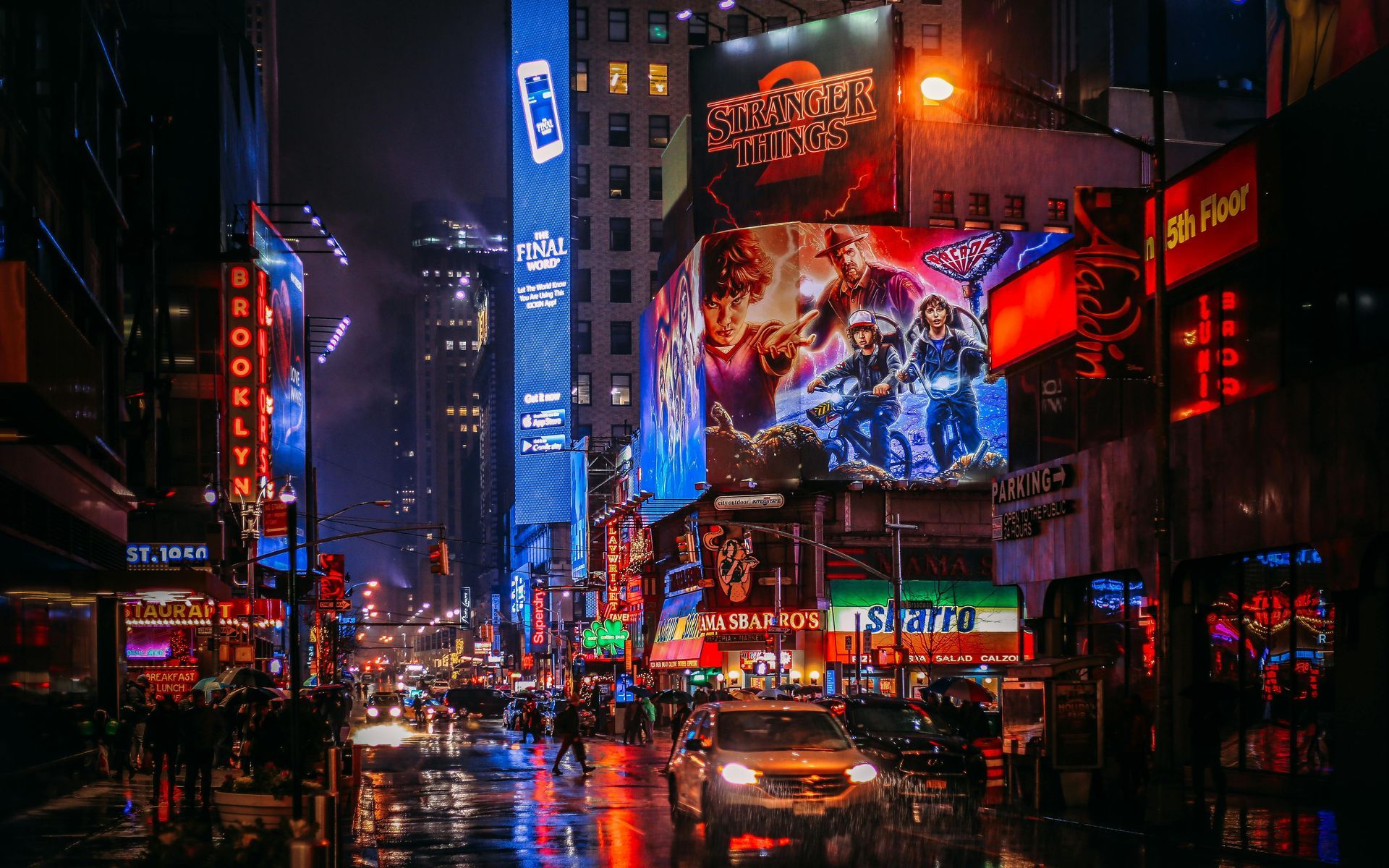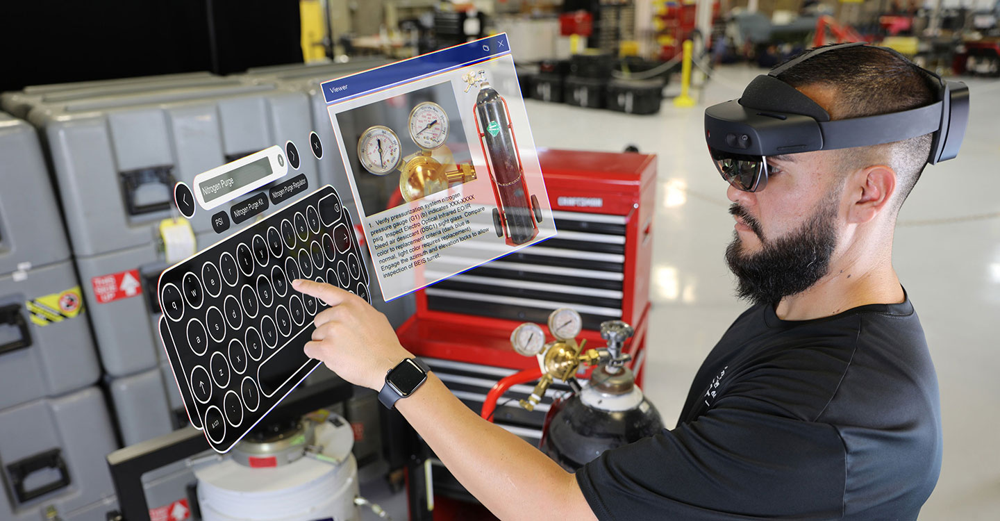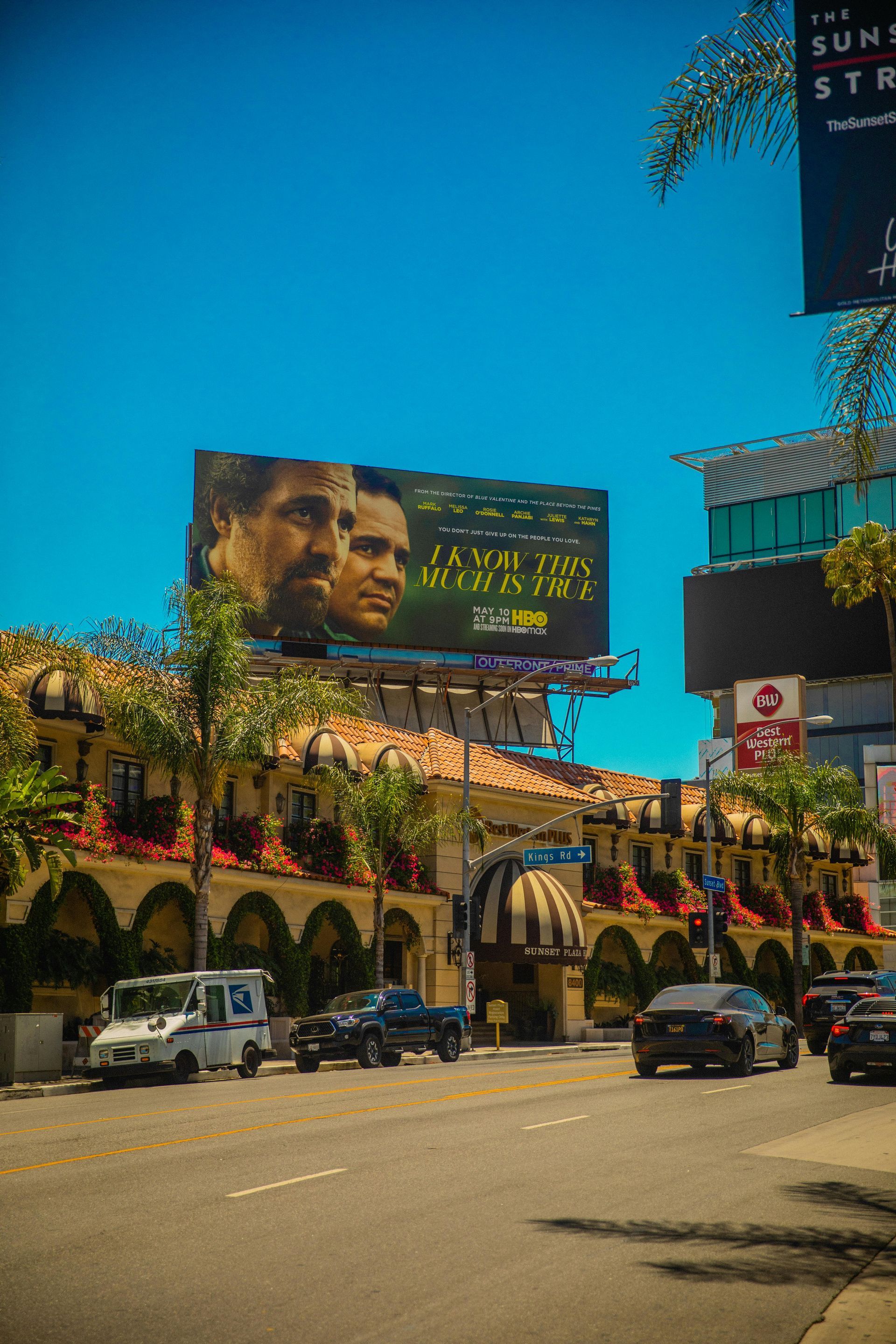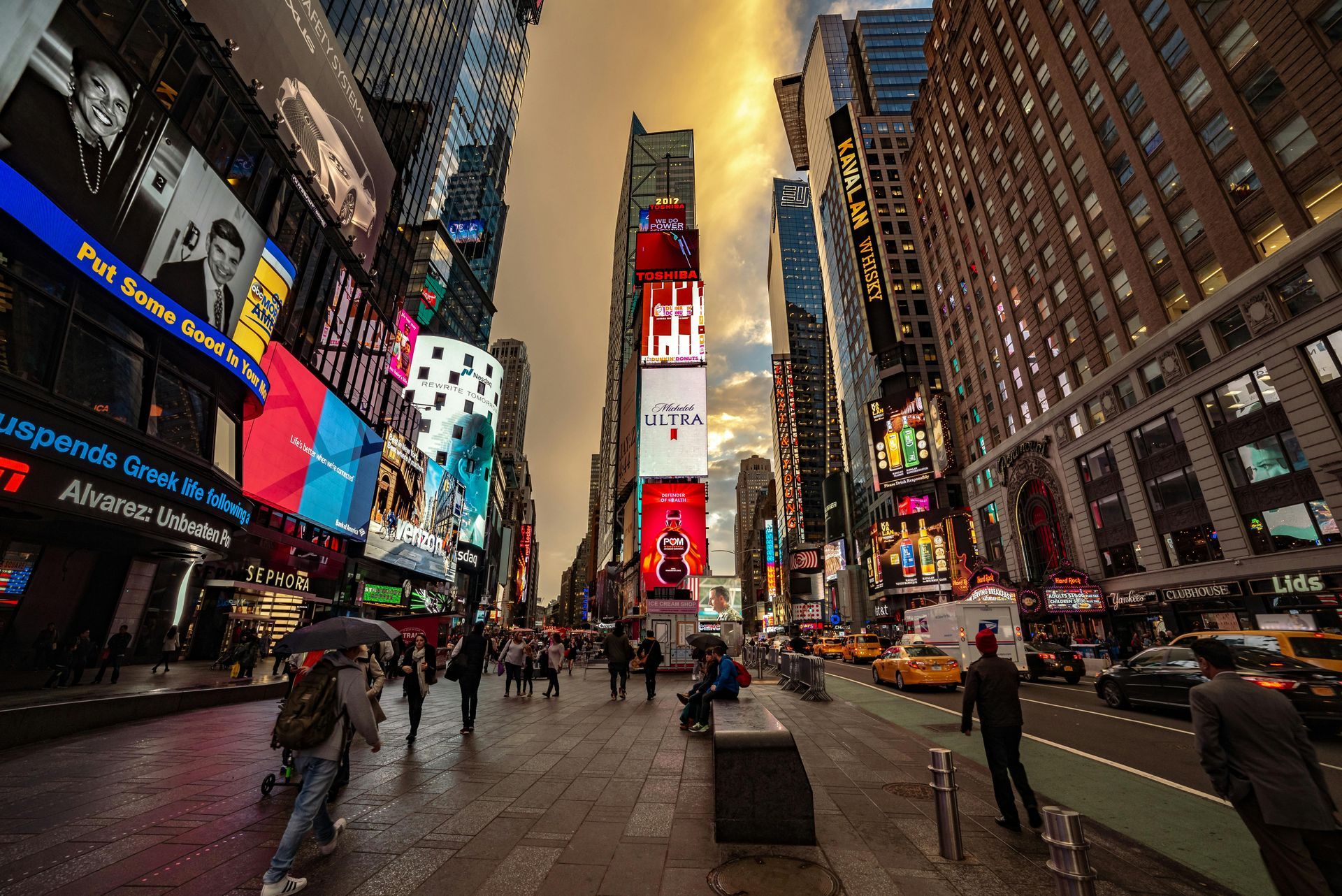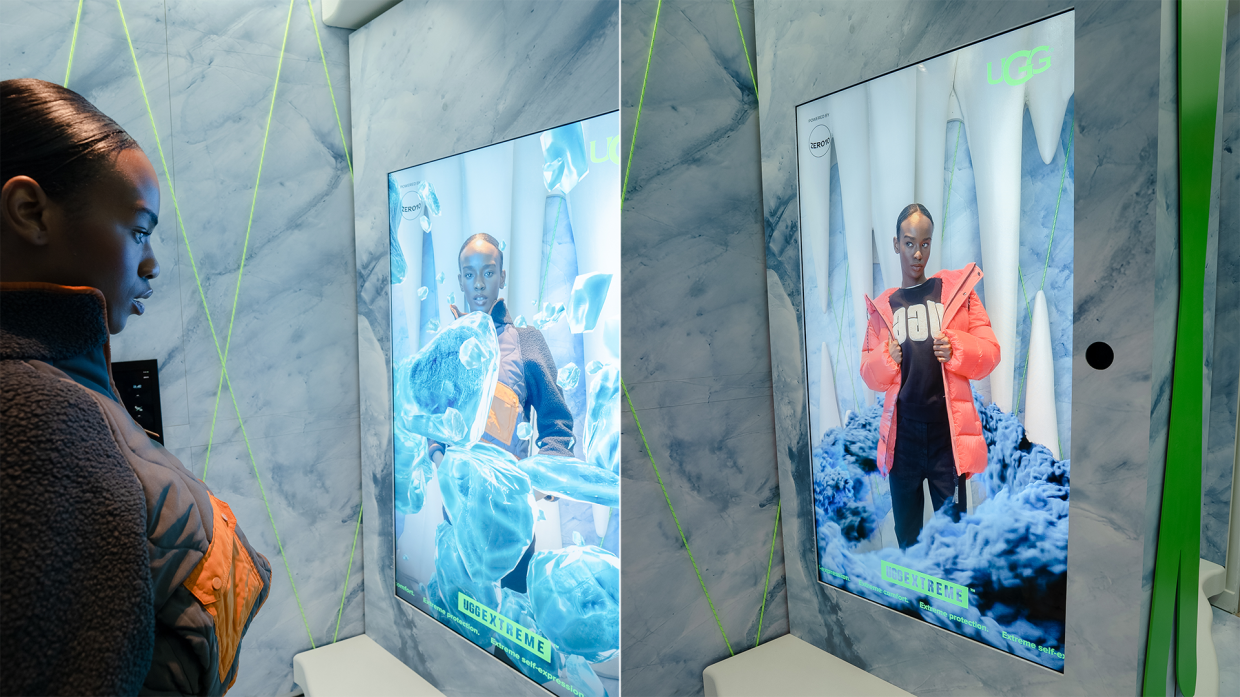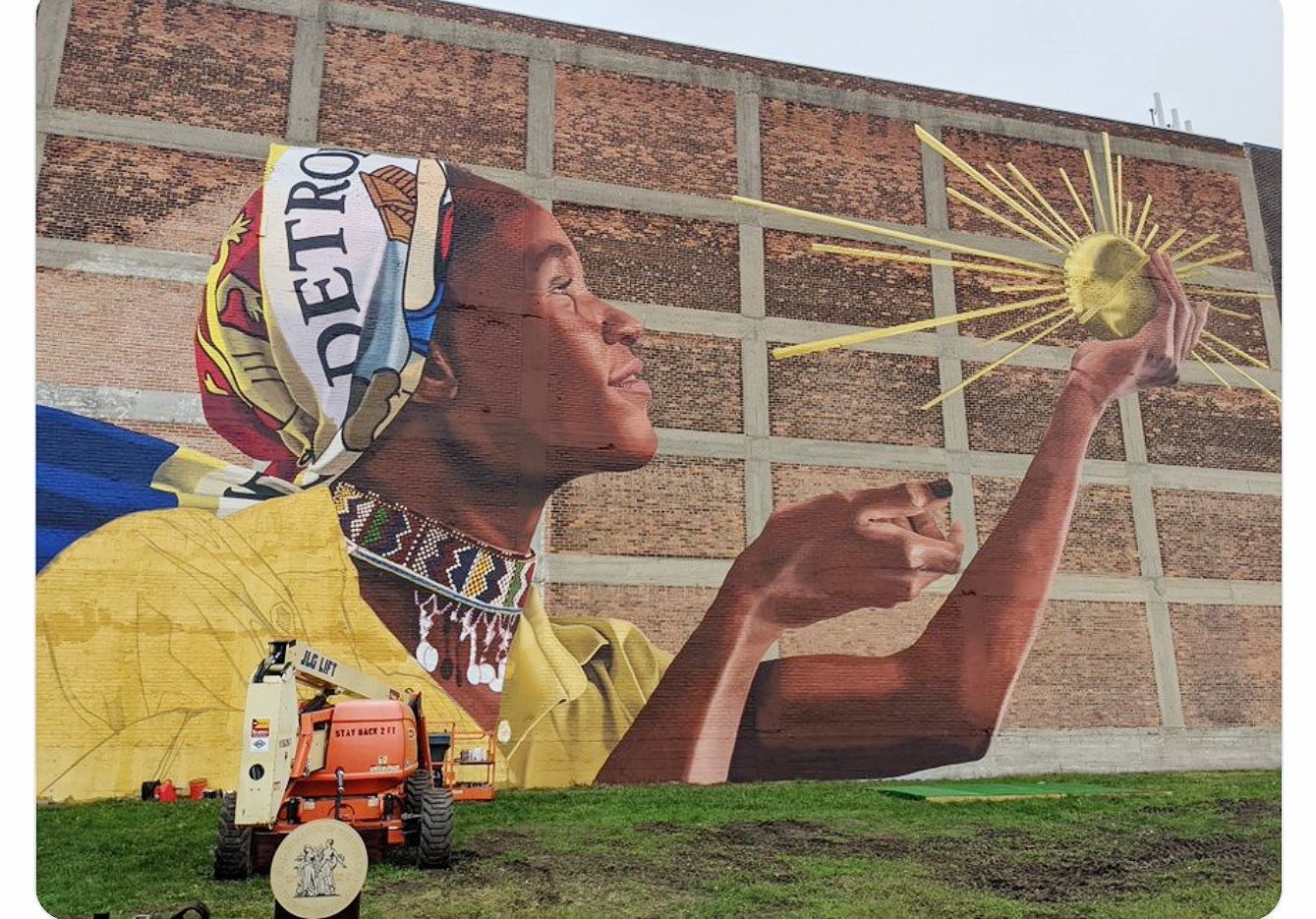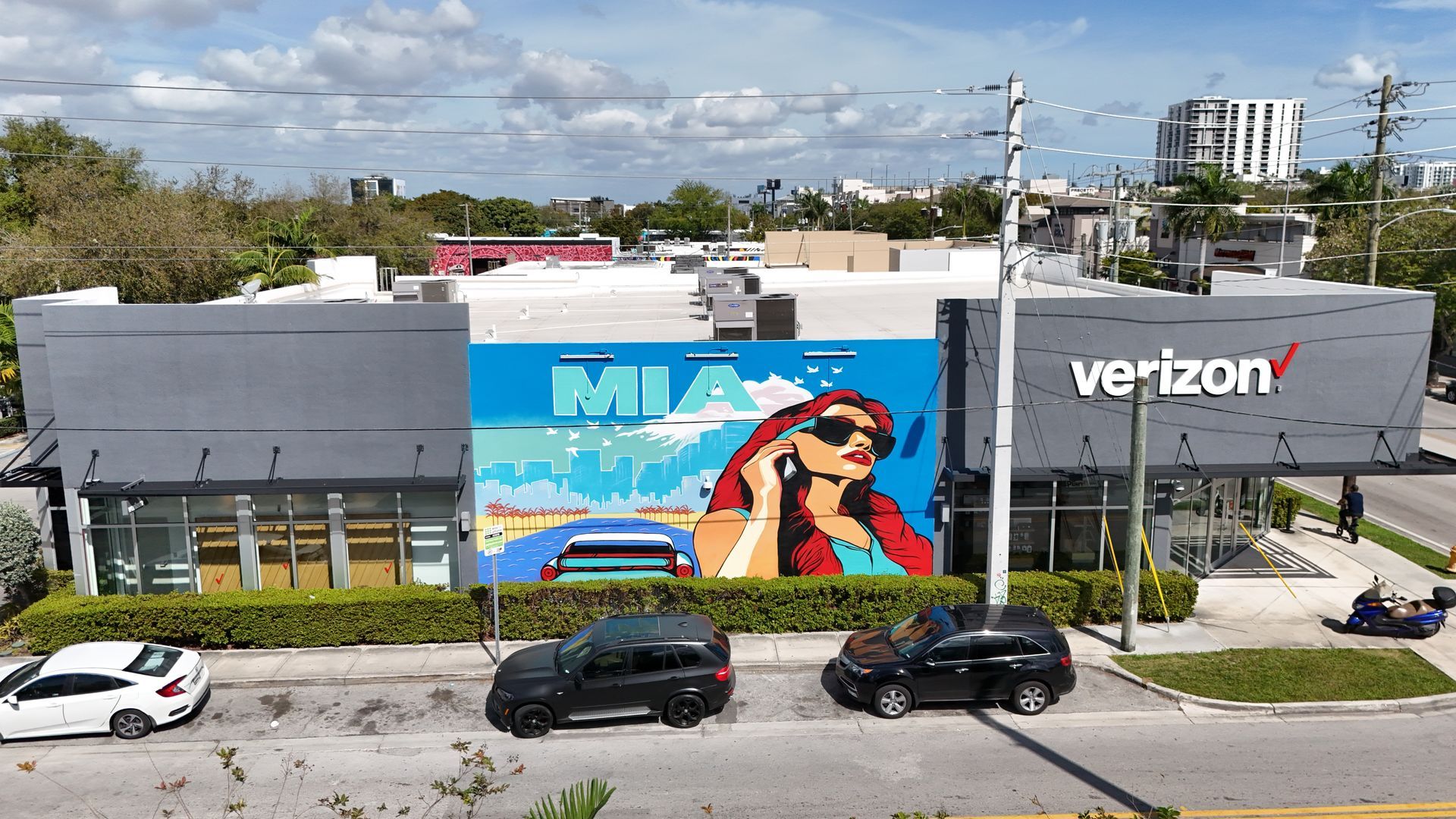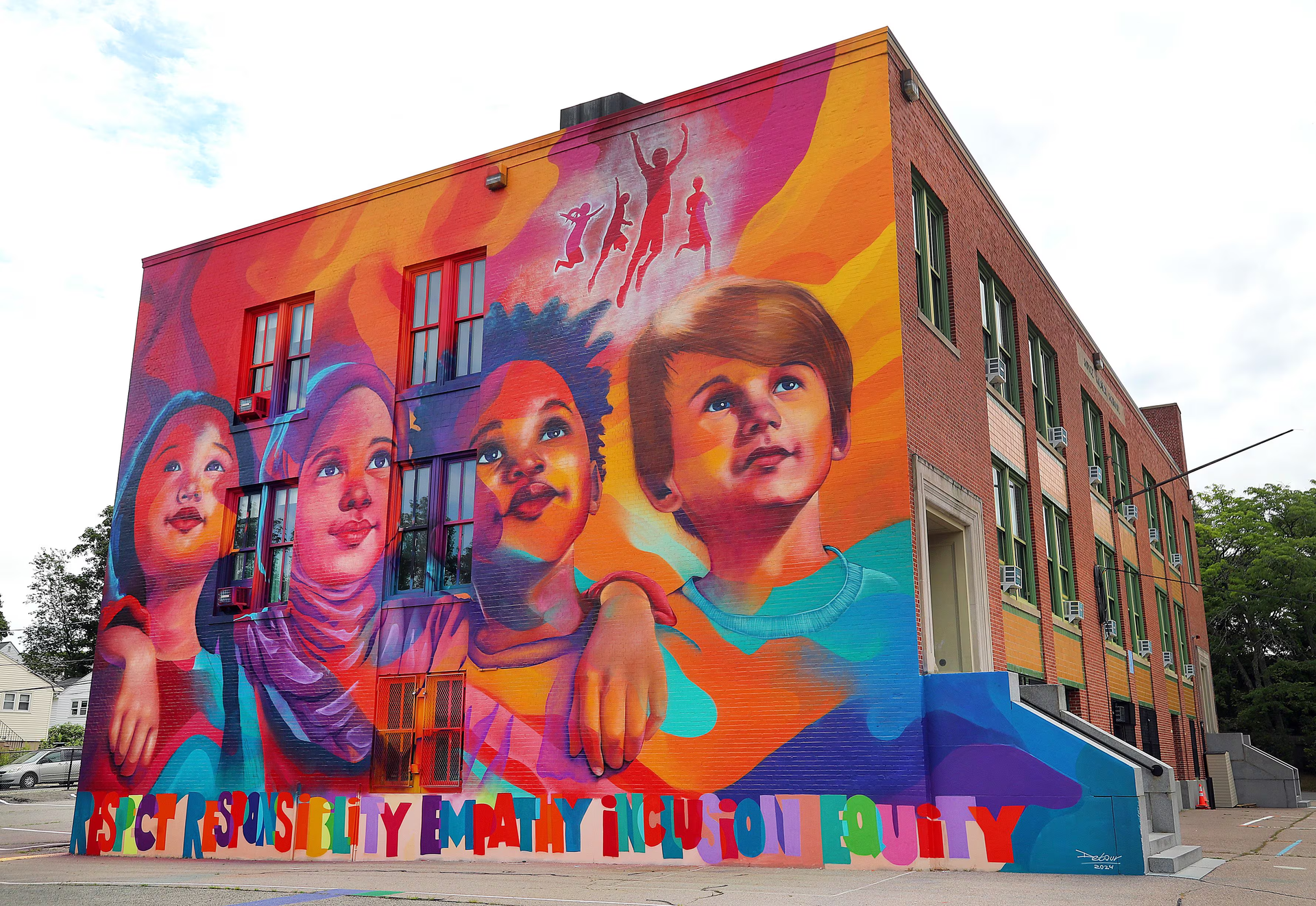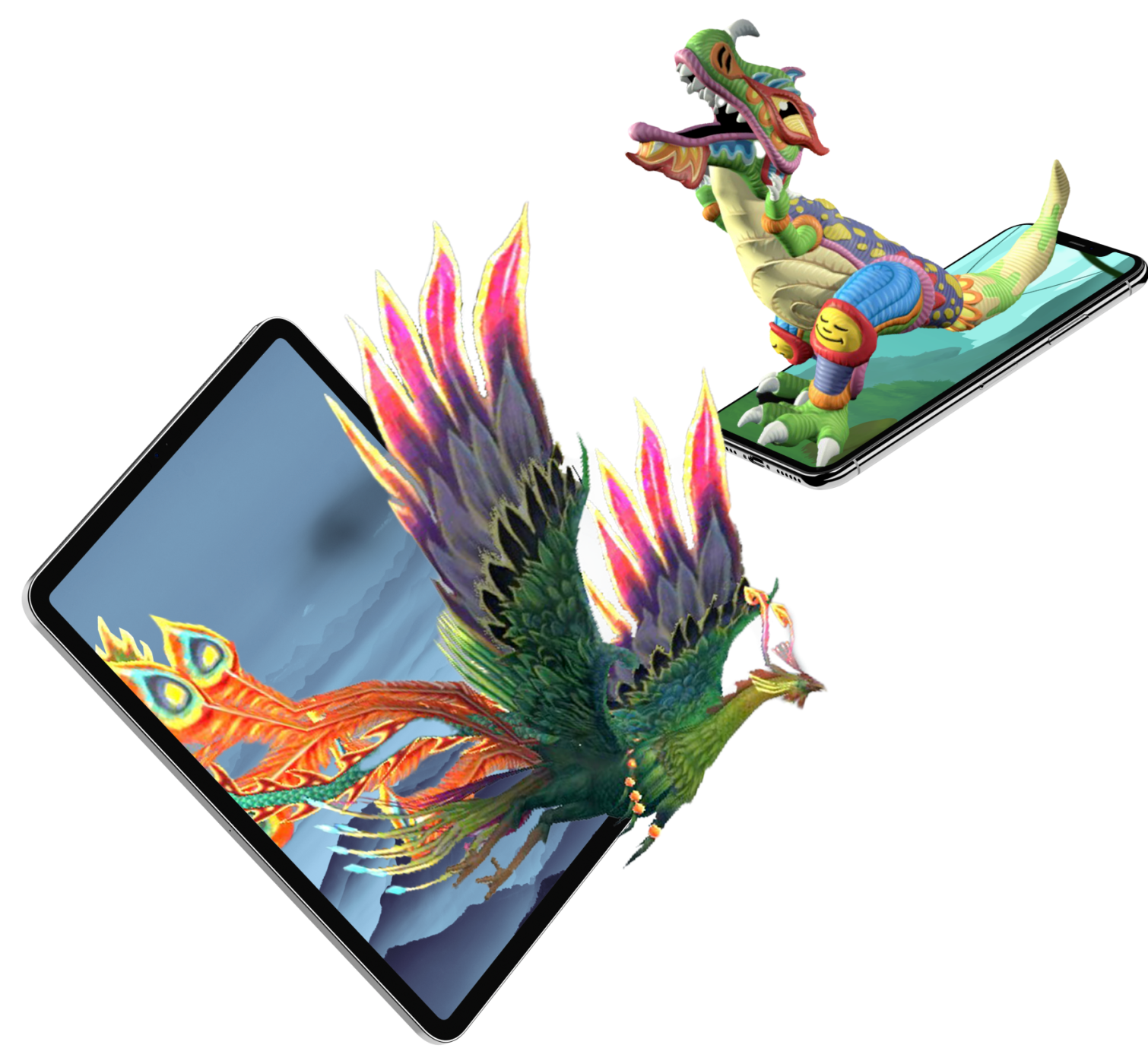The Ultimate Augmented Reality Platform Comparison Chart
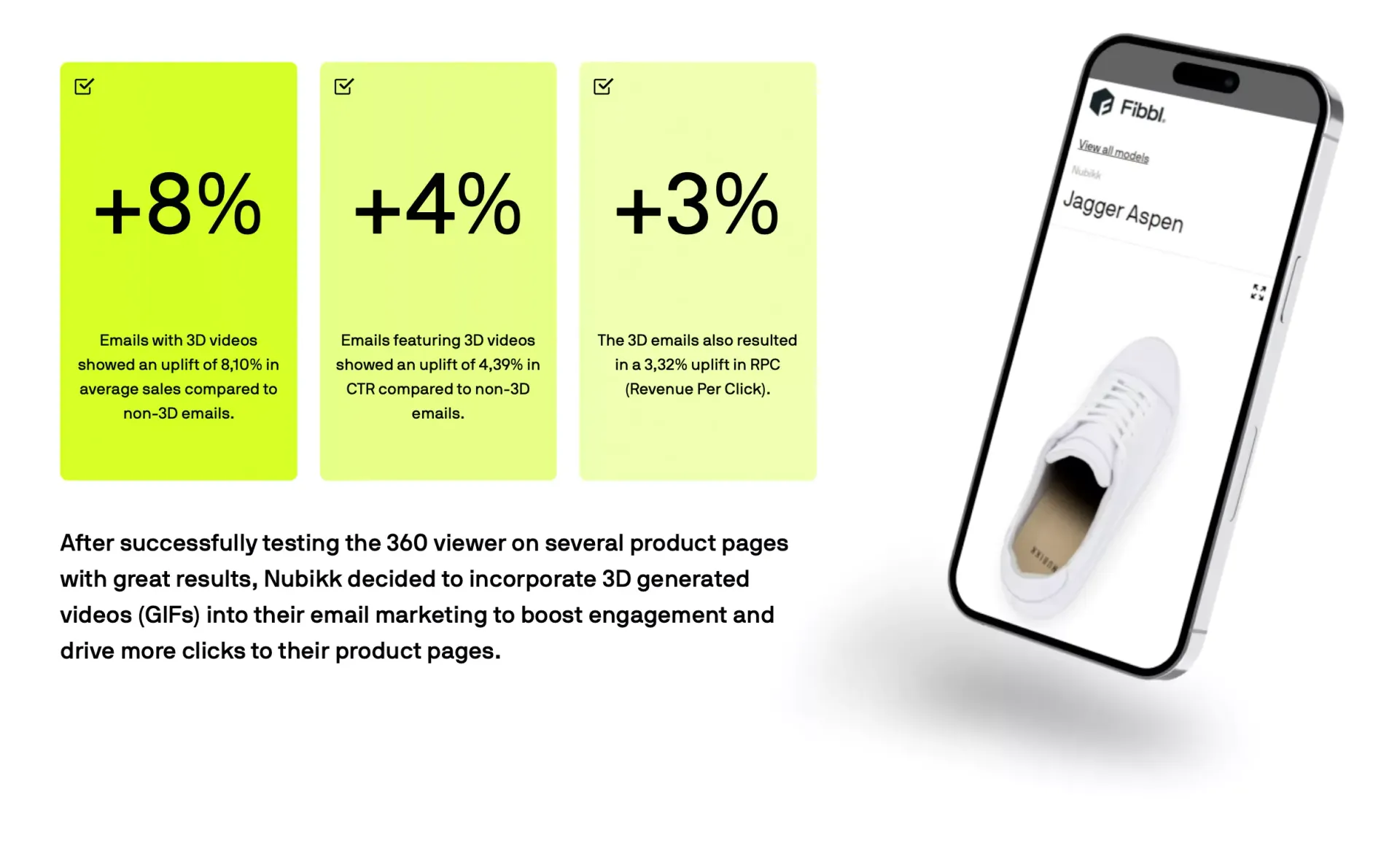
As Augmented Reality (AR) technology continues to evolve, the number of platforms enabling creators to develop immersive AR experiences has significantly grown. Whether you're a marketer, developer, or content creator, understanding the nuances of each AR platform can help you make an informed decision that best suits your project's needs. This comprehensive guide compares some of the top AR platforms including BrandXR Studio, Zappar, 8th Wall, Adobe Aero, Vuforia, Meta SparkAR, Snapchat Lens Studio, and TikTok Effect House.
BrandXR Studio: The No-Code Champion
Ease of Use: ★★★★★
Features: ★★★★☆
Compatibility: ★★★★★
BrandXR Studio stands out for its no-code approach, making it exceptionally user-friendly for those without a programming background. This platform allows users to create, publish, and measure 3D AR experiences swiftly and efficiently. BrandXR is particularly beneficial for marketing professionals looking to deploy AR campaigns quickly. With its drag-and-drop interface, users can upload any type of 3D model or use open-source 3D assets, integrating videos from platforms like YouTube to enhance their AR scenes.
Zappar: Quick Campaigns on the Go
Ease of Use: ★★★★☆
Features: ★★★★☆
Compatibility: ★★★☆☆
Zappar specializes in creating AR experiences that can be accessed via QR codes, making it ideal for interactive marketing campaigns. It offers a variety of tools within its ZapWorks toolkit, aimed at both beginners and advanced developers. Zappar’s strength lies in its quick deployment capabilities and strong focus on mobile AR, although it requires some coding knowledge to leverage its suite fully.
8th Wall: Web AR Pioneer
Ease of Use: ★★★☆☆
Features: ★★★★★
Compatibility: ★★★★★
8th Wall is renowned for its web-based AR solutions, enabling AR experiences directly through a web browser without needing an app. This platform supports image recognition and world tracking, providing a robust toolset for developers looking to create more complex AR projects. 8th Wall is the most accessible because you can access the AR experiences in any browser, but it requires some coding skills.
Adobe Aero: Creatives’ First Choice
Ease of Use: ★★★★☆
Features: ★★★☆☆
Compatibility: ★★★☆☆
Adobe Aero is designed to integrate seamlessly with other Adobe Creative Cloud applications, making it a perfect choice for designers familiar with Adobe products. It allows creators to build interactive AR experiences using familiar tools and interfaces. Aero excels in creating detailed and visually appealing AR scenes but is generally more limited in scope compared to more developer-focused platforms.
Vuforia: The Developer’s Toolkit
Ease of Use: ★★☆☆☆
Features: ★★★★★
Compatibility: ★★★★☆
Vuforia offers one of the most powerful and versatile AR development environments, favored by developers for its advanced computer vision capabilities and robust tracking features, including 3D object recognition. It supports both native app development and integration with Unity for game-based AR projects. Vuforia is ideal for projects that require high precision and complexity but it has a steeper learning curve.
Meta SparkAR: Social Media Focused
Ease of Use: ★★★★☆
Features: ★★★★☆
Compatibility: ★★★★☆
Meta SparkAR is tailored specifically to create AR filters and effects on Instagram and Facebook. It provides a wide range of tools and templates to create engaging social media content, and its integration with Facebook’s advertising platform allows for direct campaign launches. SparkAR is straightforward for those familiar with social media content creation, though it is less suited for standalone AR applications.
Snapchat Lens Studio: Engaging the Young Audience
Ease of Use: ★★★★☆
Features: ★★★★☆
Compatibility: ★★★★☆
Snapchat Lens Studio offers extensive resources for creating fun and interactive AR lenses tailored to Snapchat’s user base. It’s particularly effective for brands targeting a younger demographic. The platform supports face and world lenses, providing creators with the tools to develop playful and promotional content directly aimed at engagement on Snapchat.
TikTok Effect House: The New Entrant
Ease of Use: ★★★☆☆
Features: ★★★☆☆
Compatibility: ★★★☆☆
As the newest player in the AR scene, TikTok’s Effect House aims to tap into its massive user base by allowing creators to develop AR effects specifically for TikTok videos. While still in its early stages, Effect House promises to significantly expand TikTok’s interactive content capabilities. It’s an exciting platform for those looking to ride the wave of short-form video content.
Conclusion
Choosing the right AR platform depends largely on your project's specific needs—whether it's ease of use, feature richness, or compatibility across different devices and operating systems. By leveraging the unique strengths of platforms like BrandXR Studio, Zappar, 8th Wall, and others, creators can produce compelling, immersive experiences that captivate audiences and push the boundaries of digital interaction. As AR technology continues to evolve, the potential for innovative content creation is limitless, paving the way for a more interactive and engaging digital future.
TALK TO A PRO
We're here to bring your brand to life!
Stay Connected with BrandXR
Create Augmented Reality for Free!
Create, Publish, and Measure 3D Augmented Reality Experiences Without Having to Code.
